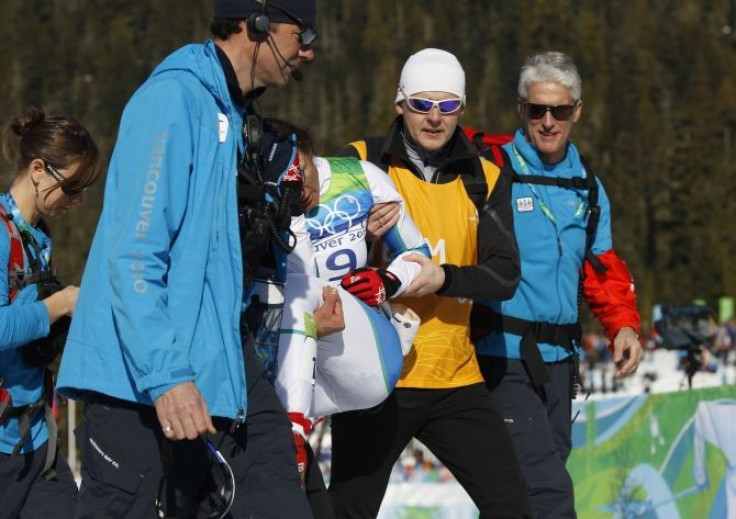Fainting: Is It Genetic?

For decade's researchers, experts and doctors struggled to identify what causes fainting.
Fainting, which is formerly known as vasovagal syncope, is when one experiences a brief loss of consciousness because of certain triggers.
“The question of whether fainting is caused by genetic factors, environmental factors or a mixture of both has been the subject of debate,” said study author Samuel F. Berkovic, MD, FRS, with the University of Melbourne in Victoria, Australia, and a member of the American Academy of Neurology.
The study monitored 51 sets of twins of the same gender between the ages of nine and 69. All participants were given telephone questionnaires. The answers revealed at least one of the twins experienced fainting. Furthermore of the 51 set of twins, 57 percent said they experienced typical fainting triggers, which could things like seeing blood, stress or the heat.
According to the research, among identical twins where one twin reported fainting, both twins were twice as likely to experience fainting in contrast to fraternal twins. When eliminating environmental factors such as dehydration, it was also discovered that identical twins have a higher risk of fainting compared to fraternal twins. The occurrence of fainting in individuals who were not twins was moderately low, which led researchers to conclude that fainting is passed down by more than one gene.
“Our results suggest that while fainting appears to have a strong genetic component, there may be multiple genes and multiple environmental factors that influence the phenomenon,” Berkovic said.
Though fainting is not linked to any severe or life threatening outcomes, they can in some instances become critical. Fainting may result in related falls or other accidents.
According to the Centers for Disease Control and Prevention there is a vaccine for fainting but post-vaccinations may also have negative effects. In a Vaccine Adverse Event Reporting System (VAERS), between 2005 and 2007, seven percent of post-vaccination faint-related injuries were categorized as serious with 12 percent of injuries were classified as complicated head injuries.
The study was published in Neurology.



























